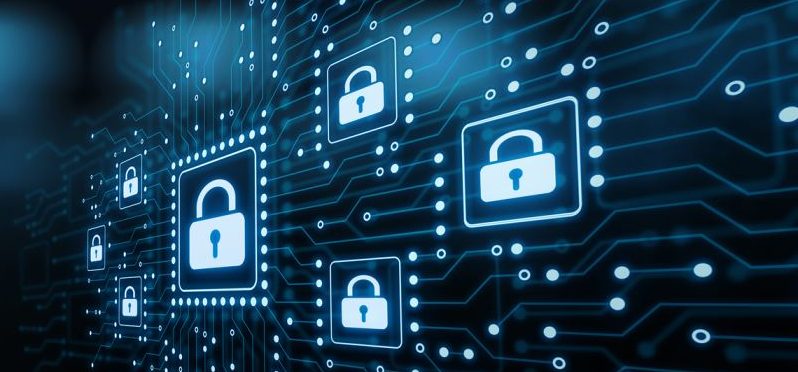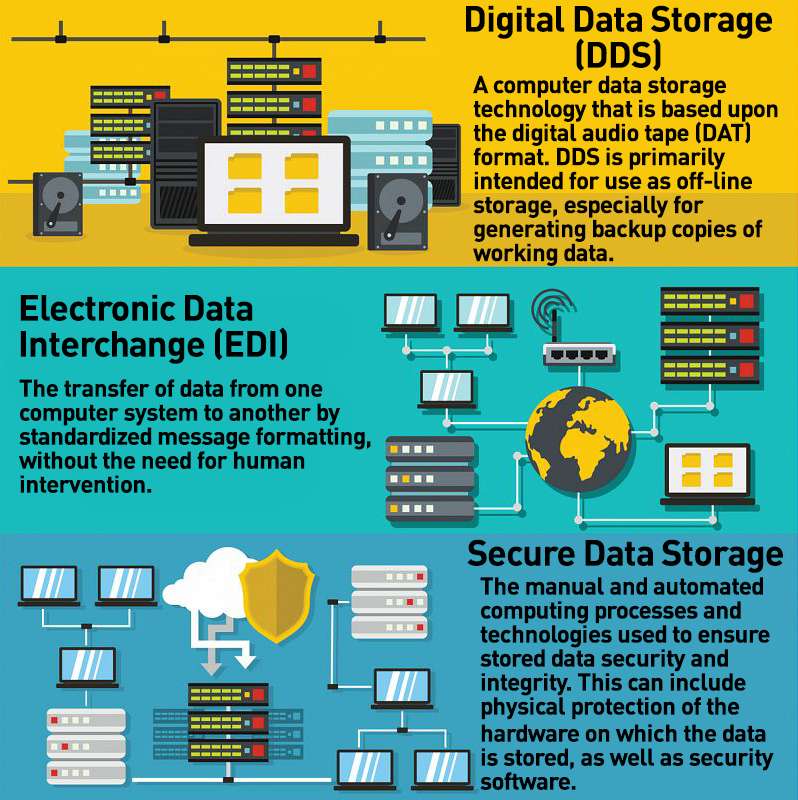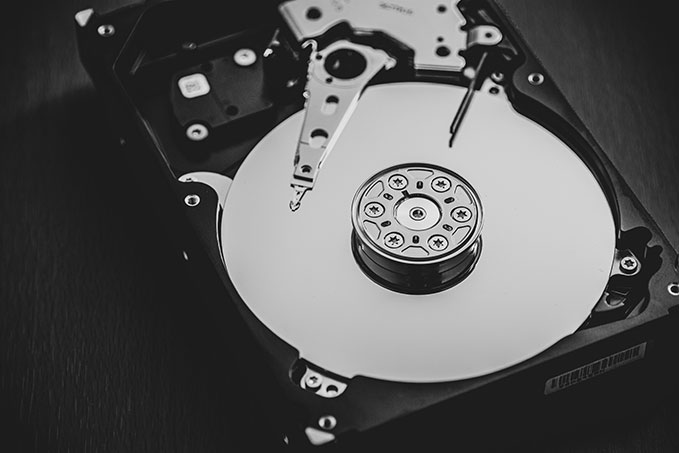Enhancing Cyber Security through Advanced Data Destruction Approaches
Enhancing Cyber Security through Advanced Data Destruction Approaches
Blog Article
Exactly How Proper Information Devastation Adds to Robust Computer System Safety Solutions and Mitigates Threats of Data Violations
In today's electronic landscape, the relevance of appropriate data destruction can not be overemphasized, as it serves as a fundamental part of extensive computer system safety services. The effects of poor data destruction prolong past mere conformity; they can exceptionally influence an organization's cybersecurity position and reputation.
Relevance of Information Damage
In today's digital landscape, the significance of data destruction can not be overstated. As companies increasingly count on electronic possessions, the potential dangers related to information violations and unapproved gain access to enhance. Efficient information damage is a critical part of a detailed details security technique, securing sensitive details from falling under the hands of destructive stars.
When data is no more required, merely erasing documents or formatting hard disks wants. Residual data can usually be recouped making use of easily available devices, posturing considerable risks to both individuals and organizations. This underscores the need for durable data damage methods that make sure all information is irretrievably eliminated.
In addition, governing conformity mandates, such as GDPR and HIPAA, highlight the commitment to secure sensitive information, including its appropriate disposal. Non-compliance can lead to serious legal consequences and monetary fines. data destruction. Therefore, integrating efficient information destruction protocols not only improves security but likewise strengthens a company's reputation and credibility

Approaches of Secure Information Erasure
Numerous efficient approaches of safe information erasure can be utilized to guarantee that sensitive info is permanently eliminated from storage space tools. One extensively identified method is data overwriting, which involves changing existing information with arbitrary patterns several times. This approach considerably decreases the opportunities of information recuperation, although it might not be reliable against sophisticated forensic strategies.

Physical destruction is likewise a trusted technique, where storage gadgets are rendered unusable with shredding, crushing, or incineration. This technique makes certain that data can not be recuperated by any type of methods but needs cautious handling of dangerous materials.
Last but not least, specialized software devices developed for safe and secure information erasure provide capabilities that comply with different erasure standards. These devices often include functions like confirmation procedures to validate effective information damage.
Using these techniques in mix can boost data safety and minimize the risks related to information breaches, guaranteeing that sensitive details is not inadvertently subjected.
Legal and Conformity Factors To Consider
The approaches utilized for protected information erasure not only serve to safeguard delicate info however likewise needs to line up with legal and compliance frameworks regulating information security. Organizations are needed to comply with different regulations, such as the General Data Defense Guideline (GDPR), the Health Insurance Coverage Portability and Accountability Act (HIPAA), and the Payment Card Market Information Security Requirement (PCI DSS) These policies mandate certain procedures for information handling and damage, ensuring that sensitive and personal data is irretrievably erased see it here when no more needed.
Failure to abide with these lawful demands can result in significant penalties, consisting of penalties and reputational damages. In addition, organizations should preserve records of information devastation procedures, demonstrating conformity throughout audits or examinations. This paperwork not just secures versus lawful effects but likewise strengthens count on with stakeholders and consumers, showcasing a commitment to data safety and security.
Including legal and conformity factors to consider into data damage practices is important for any type of company. It reduces the risk of information breaches and highlights an aggressive technique to safeguarding delicate details, ultimately cultivating a society of security and liability throughout the company.
Influence on Cybersecurity Stance
Efficient data damage substantially enhances a company's cybersecurity position by reducing the prospective attack surface area for cyber dangers. When sensitive information is not effectively ruined, it stays accessible to malicious stars that can exploit this information for unapproved gain access to, identification burglary, or business espionage. By implementing durable data destruction methods, organizations can efficiently reduce the threat of data violations and boost their overall safety framework.
Additionally, the safe and secure disposal of out-of-date or unneeded information not just safeguards sensitive information yet also assists organizations abide by sector policies and standards. Failure to sufficiently ruin data can cause serious legal consequences and reputational damages, further jeopardizing an organization's cybersecurity position.

Inevitably, focusing on reliable information devastation is Continued important for fostering a durable cybersecurity stance, making sure that companies continue to be cautious versus developing cyber risks while protecting their critical assets and stakeholders.
Ideal Practices for Organizations
Executing best practices for data destruction is essential for organizations aiming to secure Continued sensitive details and alleviate cybersecurity dangers. Companies should develop a detailed data damage policy that lays out treatments and responsibilities. This plan ought to adhere to relevant regulations, such as GDPR or HIPAA, making sure lawful consistency.
Secondly, it is important to make use of authorized information sanitization approaches, including data wiping, degaussing, and physical destruction, tailored to the sort of information and storage tool. Utilizing qualified specialists for data damage services improves the dependability of these approaches.
In addition, organizations need to keep a comprehensive supply of all information storage gadgets, ensuring that all obsolete or replaced equipment goes through destruction. Normal audits of information devastation practices can aid enhance and identify weak points compliance.
Employee training is another crucial aspect, as personnel should comprehend the relevance of data damage and stick to developed procedures. Finally, organizations must record all information destruction tasks to provide responsibility and traceability, which can be very useful during audits or in the occasion of a violation.
Final Thought

One commonly acknowledged technique is information overwriting, which involves replacing existing data with random patterns numerous times.The techniques utilized for secure information erasure not just serve to secure sensitive details however likewise needs to line up with legal and conformity frameworks governing data protection. These guidelines mandate details procedures for data handling and damage, guaranteeing that delicate and personal data is irretrievably gotten rid of when no longer needed.
By executing robust information damage protocols, organizations can properly reduce the threat of information violations and boost their general safety framework.
In verdict, proper information devastation is vital for enhancing computer protection solutions and alleviating the threats linked with data breaches. - data destruction
Report this page